TennisCon: An Inside Look Into the Frenetic Week Before the U.S. Open
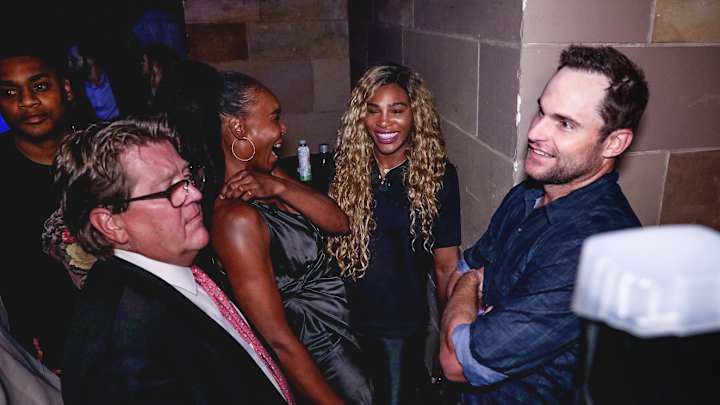
NEW YORK — Five days before he begins his defense of the U.S. Open title, the world’s best tennis player is talking about a pen. It’s not just any pen. It’s a Montblanc “limited-edition writing instrument,” and it can be yours (along with a matching notebook) for just $740. Shilling for fancy pens is far from the craziest product an athlete has endorsed, and Novak Djokovic is not even there to line his own pockets. The proceeds from this event will boost his foundation’s initiative to provide early education to Serbian children.
That goal, of course, is noble. Still, it’s odd that a 15-time Grand Slam champion, at the height of his powers, on the Wednesday before arguably the biggest tennis tournament in the world, is sitting in a private movie screening room in Manhattan, talking about a pen.
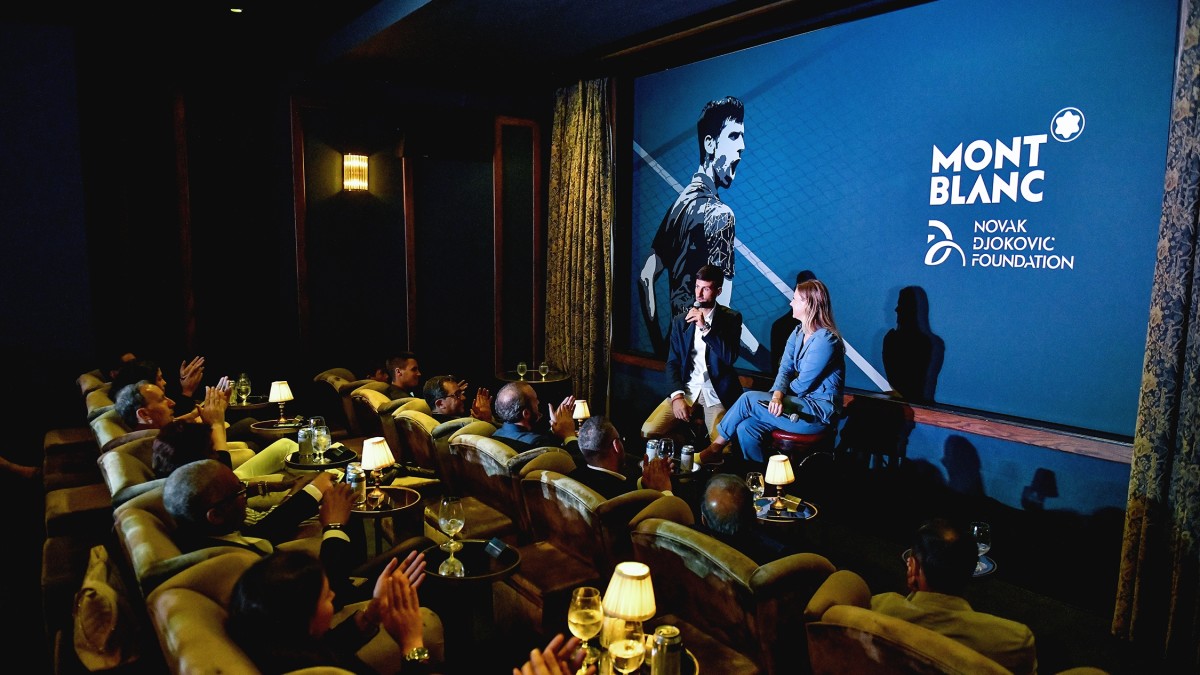
Odd, yes. Uncommon, no. The seven days before the U.S. Open, which began Aug. 26 in New York City, can only be described as tennis’s rendition of Super Bowl week. Despite what the official 14-day match schedule might suggest, the Open is a three-week TennisCon. Players and coaches and executives and shareholders congregate in this concrete jungle well before the first ball is struck to socialize with potential clients, promote new products and everything in between. There’s a cocktail party here, a Q&A there, a launch party way over there, in Brooklyn.
There is, however, one crucial difference between these soirees and the ones preceding the Super Bowl. You didn’t find Tom Brady rubbing shoulders with Ugg executives on the Tuesday before facing the Rams. Here, the players are the main attraction. Active participants, even.
If you knew a guy who knew a guy—and you spent $33 on a one-week unlimited subway card—in a span of just five days you could have seen Roger Federer expertly navigate a mob of adoring fans after an appearance at Uniqlo on Fifth Avenue; Serena Williams battle her sister Venus in a vegan cook-off at a swanky Citi event near Grand Central Station; John Isner playing against Average Joes not 300 yards from the World Trade Center; Sloane Stephens giving serve pointers at a Mercedes booth out in Queens; Nick Kyrgios meeting-and-greeting folks at a hotel in the heart of Midtown East; and Novak Djokovic, besuited and benevolent, talking about that pen.
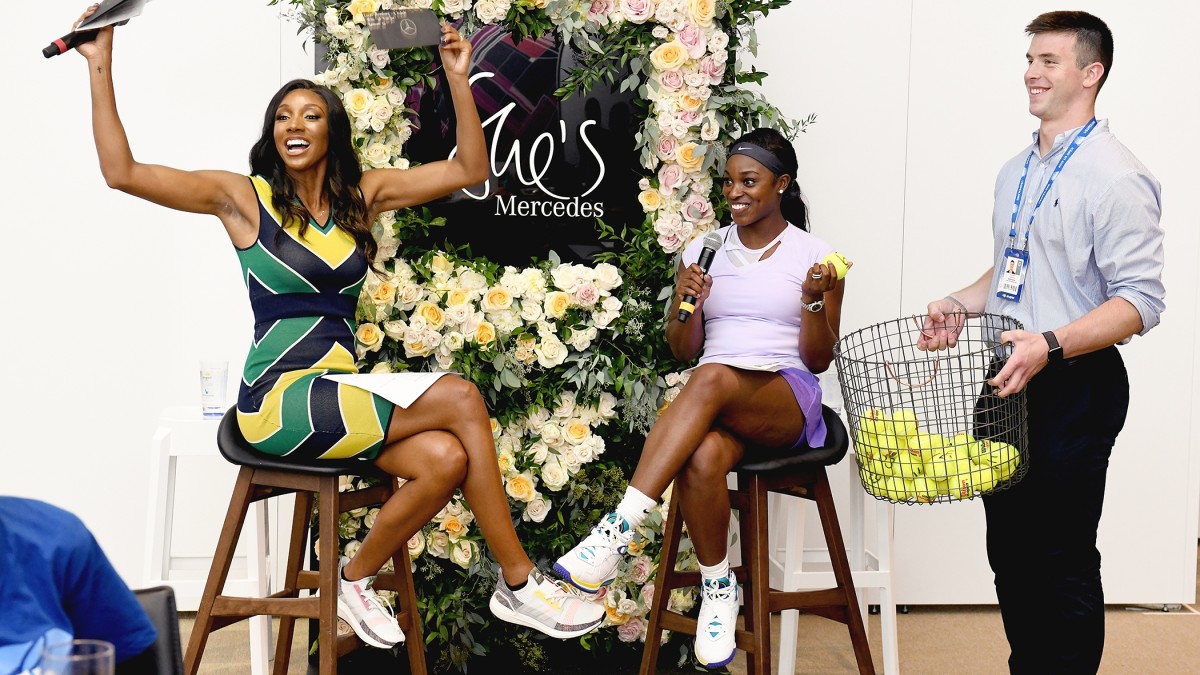
The athletes are generally good sports about this sort of thing. (Said Isner, genuinely enjoying himself at the same event that featured the Serena-Venus cook-off: “It’s really not that bad. I don’t complain about it at all.”) And many of these shindigs are genuinely charming, such as the Nike event that enabled 11 of the best players in the women’s game to mingle with young girls at a court in Greenwich Village. But, as evidenced by Naomi Osaka’s less-than-thrilled countenance at that event—she was dealing with an injury and isn’t playing her best, which helps explain the mood, but her ability to mask annoyance is not as refined as her forehand—these are, more often than not, obligations for sponsors. The same sponsors who, in some notable cases, pay these athletes significantly more than they make in prize money from actual tennis tournaments.
Put simply: they pay you, so you have to go. It’s not too dissimilar from those cringeworthy after-work drinks you have to attend because, well, you kind of just have to.
Take Federer, for example. The 20-time major champion has made $5.8 million on-court so far in 2019. According to Forbes, he is set to bring in $86 million off-court this year, thanks to lucrative deals with Rolex, Credit Suisse, Mercedes-Benz and Uniqlo, which lured him away from Nike with a 10-year, $300 million offer in 2018. In exchange for that $30 million annual compensation, Federer—who, to his immense credit, always seems present and never perturbed by his off-court obligations—will make an appearance at a Uniqlo store, put on a smile and sign a few things. Even if it means having to avoiding a swath of rowdy admirers on the street.
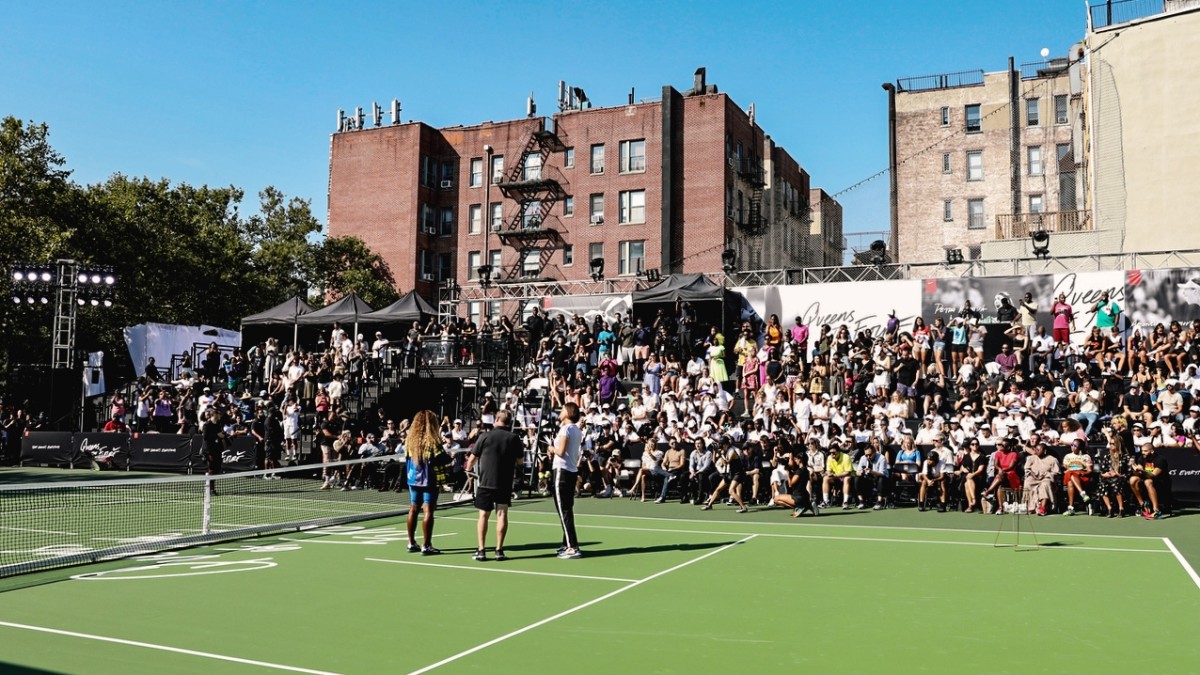
Federer earns more off-court than any other tennis player…or any other athlete, for that matter. He and Williams and Djokovic and Stephens are at the cushy end of the tennis-earnings spectrum. Players on the less desirable end are similarly beholden to sponsors, who offer the only sure-thing paychecks in a sport without guaranteed contracts. Tennis professionals are independent contractors. The ATP and WTA offer no rookie scales or veteran minimums or signing bonuses. Outside of the Grand Slams, each of which offer $50,000+ payouts for first-round singles exits, if you don’t win matches, you won’t last long—particularly when you have to fly yourself around the world in pursuit of precious paydays and just-as-precious world ranking points, the currency to get into richer tournaments.
Take Sumit Nagal, Federer’s first-round opponent in the Open, for example. Before that dream-come-true night match on Ashe, the 22-year-old world No. 190 had played tournaments this year in Vietnam, China, Chile, Canada, Italy, Uzbekistan, Poland, France, Slovakia, Germany and these United States. His reward for all that the globe trotting? $37,011 in prize money. All the frequent flier miles and Expedia points in the world can’t balance that budget.
The temptation, for both players and agents, is to sign every endorsement deal offered and play every tournament that coughs up an appearance fee, since the earning window for a tennis player (and any athlete, really) is breathtakingly short. It’s hard to find issue, then, with a journeyman and his representatives milking every last dollar they can out of his ephemeral career.
It’s a more nuanced decision for an ascendant up-and-comer. The tennis is the anchor of it all; without the on-court success, there will be no off-court opportunities.
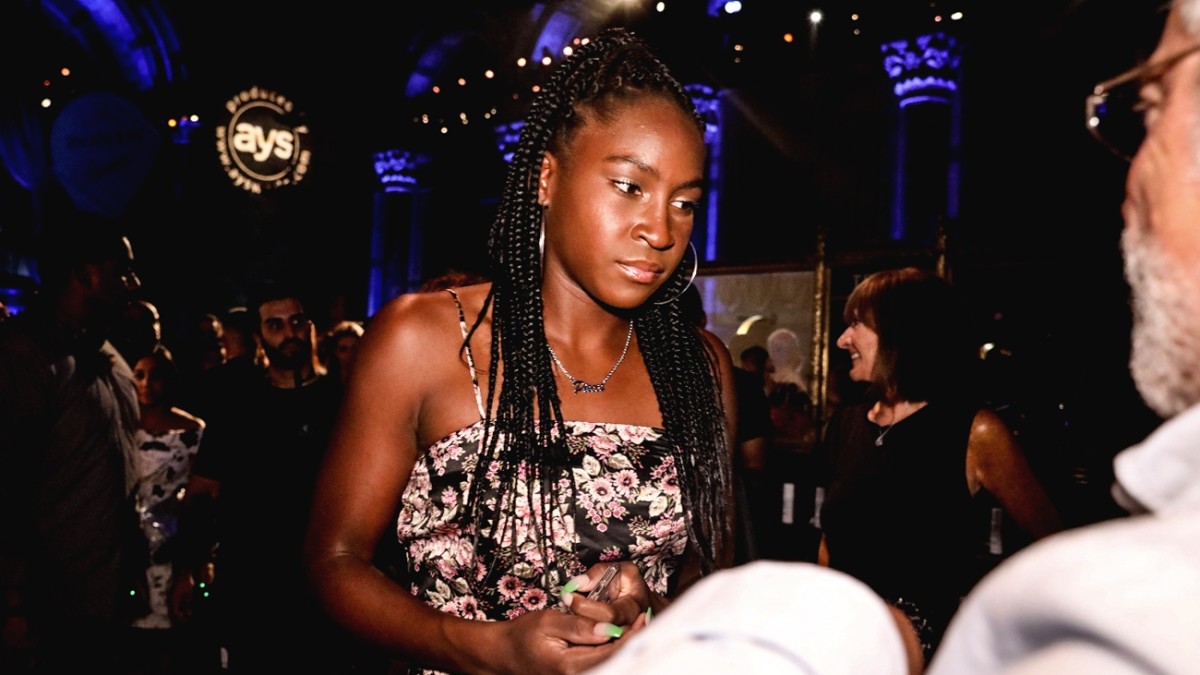
“You have to look long term,” says Tom Ross, former vice president of the Octagon sports agency, who represented Lleyton Hewitt, Michael Chang and Stefan Edberg, among others. “You have to look past the next 12 months. That’s where mistakes get made.
“It’s important to get that first set of sponsorships done….but to say ‘yes, yes, yes, yes,’—that’s absolutely the wrong way to embark upon a relationship with a teenager who has shown signs of being a marquee player in the sport.”
A teenager like 15-year-old Coco Gauff, who captured the sports world in July by reaching the fourth round of Wimbledon (and making more than $223,000 in the process). She, too, showed face at the Citi event. But unlike a host of other athletes and celebrities in attendance, she did not pose on the red carpet. She did not speak with reporters. She was there and then she wasn’t, perhaps leaving to steal a few extra hours of sleep. Apparently she had a pretty big tennis tournament starting in just a few days.
